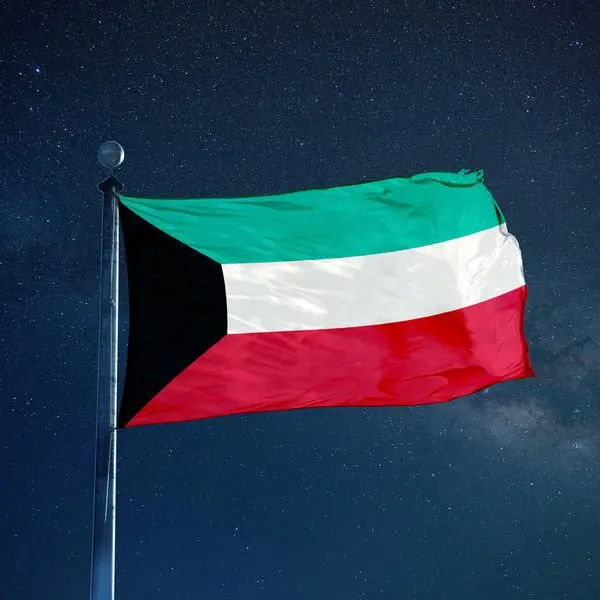PHOTO
The two jackals, Kalila and Dimna, lived in the court of the lion – the ruler of the country. While Kalila was content with his status, Dimna was desperate to get closer to the king. Dimna managed to provoke a fight between the lion and Shanzaba, a bull the ruler had befriended, by lying to them both. In a bloody fight, the lion killed the bull. Inconsolable, the king felt deep regret, heightened by evidence implicating the jackal. Following a damning trial, Dimna was sentenced to death for his crimes.
The moral of the story: If you try to serve your interests through cunning or deceit, sooner or later you will pay for your misdeeds.
‘The Lion and the Bull’ narrated above is among the several immersive stories in the ‘Kalila wa Dimna’ collection exhibited at the Louvre Abu Dhabi. The manuscript on the two jackals, the main characters who live at the court of the Lion, is the oldest surviving illustrated copy of ‘Kalila wa Dimna’ in the world.
Originating in India and Greece, a few centuries apart, both distinct traditions of the fable genre enjoyed considerable success. ‘Kalila wa Dimna’ was derived from the timeless classic the ‘Panchatantra’ – an ancient Indian collection of animal fables. The book was translated into Arabic by one of the greatest writers of Arabic prose Ibn Al Muqaffa, and it marked the starting point of its extraordinary diffusion throughout the East and the West.
“The origin of ‘Kalila wa Dimna’ is the ‘Panchatantra’. It was translated from Sanskrit to Middle Persian, then to Arabic, and later to Eastern and Western languages,” Annie Vernay Nouri, who curated the exhibition, told Khaleej Times.
There were further translations and adaptations into Persian, Ottoman Turkish, Greek, Hebrew, and Latin, with each giving rise to new versions. The text underwent continual metamorphoses, and by the dawn of the 21st century, there were about 200 adaptations in more than 50 languages.
“Each version made some additions to the text. In the Western, the characters of jackals become all sorts of animals,” Nouri, former chief curator of the Oriental Manuscripts Department, Bibliotheque Nationale de France, noted.
What can visitors expect?
Titled ‘From Kalila wa Dimna to La Fontaine: Travelling through Fables’, the exhibition of several rare manuscripts and illustrations about animal fables share values, traditions, and morals from one generation and another. At this exhibition, visitors can dive into the mystical world of fables told through intricate drawings and life lessons from animal characters.
They can trace the evolution of these fables, and learn about the various traditions: from Al Muqaffa’s ‘Kalila wa Dimna’ in the East to the fables of the Greek storyteller Aesop and the famous French fabulist Jean de La Fontaine’s adaptations of both traditions in the West.
Visitors can understand how fables were often used for moral education, teaching good behaviour and values. For instance, the Latin text and the French translation of ‘The Fox and the Stork’ were meticulously copied by the future king of France, Louis XV, who was then 12 years old. The fable teaches the importance of fairness.
Visitors get to know a lot of new fascinating insights. In the 1800s, illustrations from La Fontaine’s fables, like ‘The Milk Maid and the Milk Jug’, became part of people’s everyday lives. Fables started to appear in advertisements, cards, and even board games. The exhibition displays Landragin manufacturer’s 19th-century clock representing the story.
For the first time, the manuscript of ‘The Monkey and the Turtle’ from King Faisal Centre for Research and Islamic Studies, Riyadh, is part of an exhibition.
There is Turkish artist Melis Buyruk’s porcelain work enhanced with 22-carat gold.
Also, Dubai-based Iranian artists Ramin Haerizadeh, Rokni Haerizadeh, and Hesam Rahmanian showcase Madame Tussaud (Nothing Has Changed. Except The Run of The Rivers, The Shape of Forests, Shores, Deserts, and Glaciers) by incorporating motifs from ‘Kalila wa Dimna’.
Organised by Louvre Abu Dhabi in collaboration with Bibliotheque Nationale de France and France Museums, the exhibition features more than 130 artworks, including manuscripts, graphic arts, and 3D objects, lent from prestigious institutions worldwide. The exhibition has been split into three sections: travelling tales, telling stories, and the fables in today’s world. There is an area where visitors can relax, lie down, and go through the video on the roof elaborating on the fables and their values.
Also, a digital display tracks how the journey of ‘Kalila wa Dimna’ started from India through the Panchatantra’ before spreading across the world. The exhibition runs till July 21.
Copyright © 2022 Khaleej Times. All Rights Reserved. Provided by SyndiGate Media Inc. (Syndigate.info).
Ashwani Kumar























